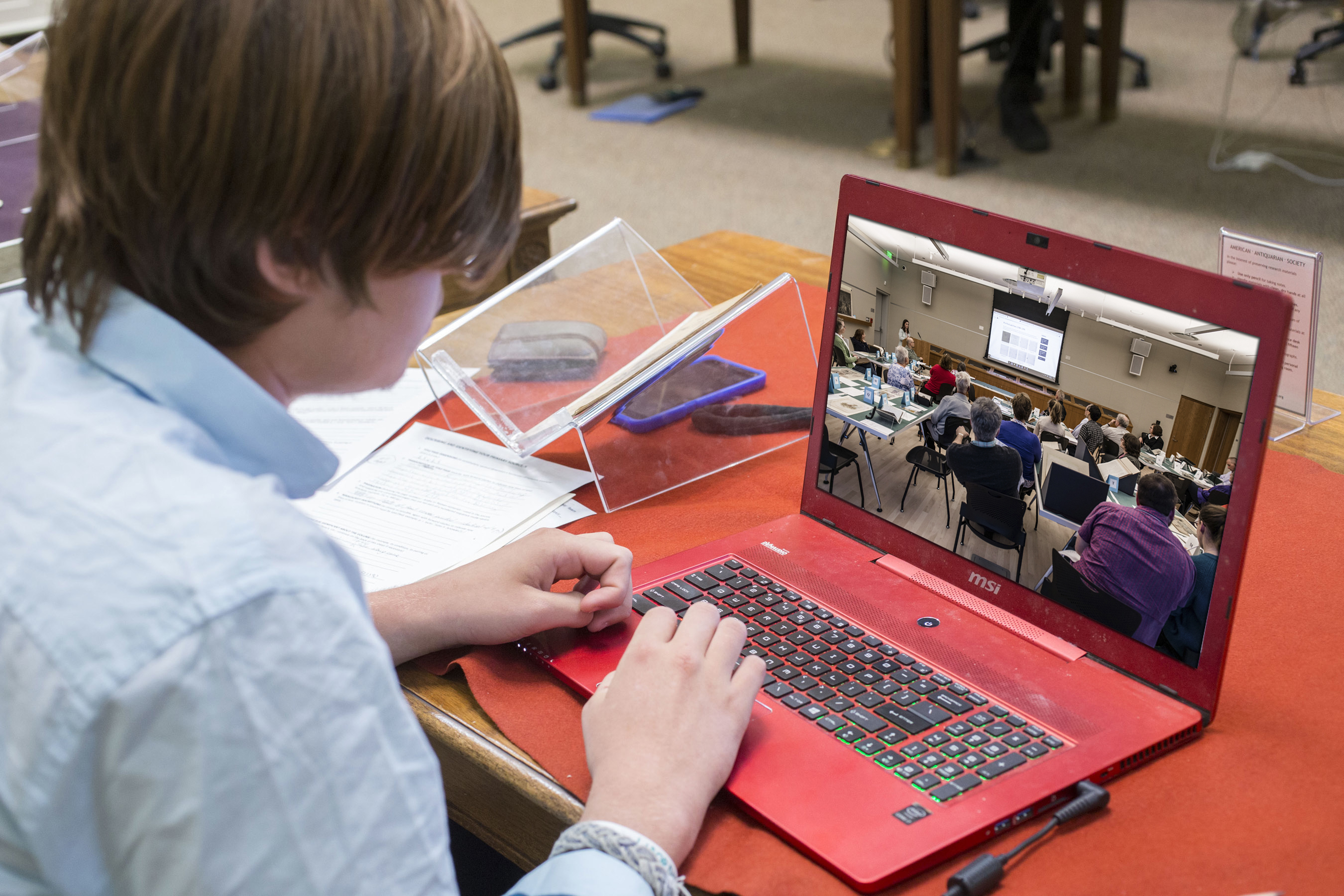Classroom Use
 This resource can be used as a teaching aid at the university level to teach students about book history, early African American writing, and research and archival skills. Here are some ideas for how this list could be a starting point for classroom projects.
This resource can be used as a teaching aid at the university level to teach students about book history, early African American writing, and research and archival skills. Here are some ideas for how this list could be a starting point for classroom projects.
Choose five people from the list of black authors and dig deep, trying to find more about their biographies. Students would use resources such as newspaper and periodical databases, city directories, and census records to find versions of the authors’ names, advertisements for their books, and other biographical details. Students could produce an essay on one author and their work, similar to the essays already on the site, add their research to the record for individual items on the site, or create a digital timeline or exhibit about the life of the author using tools such as Knightlab Timeline, Storymap or Neatline.
Research a printer to find more information about what else they were printing, what the printer’s politics were, whether they were connected to the abolitionist movement, and further biographical information. Students could compare texts printed by the same printer, discovering more about how binding, gatherings, margins, and type setting influenced production, and learning what these material clues tell us about the text’s production and cost.
Choose a book printed in the local area, and research the places and people mentioned in the text. Trace the author’s address through city directories, and map where they were living through time. Create a Neatline or Storymap exhibit to map the places mentioned and connect the book to local history.
Map the distribution network of a text. For a prolific self-publisher or an author whose records are in the archives, search newspapers and letters for references to the author selling their book or speaking. Create a map of where the author traveled with the book, or trace the author’s agents to map out the book distribution network. If several digital copies of the book exist, trace the provenance of these copies and find biographical information about the books’ owners through census records. This project would work well for authors such as William Still and Fredrick Douglass.
For the middle school and high school level:
Connect the book to local history through pictures of your town from the period of publication and details mentioned in the text. Have students create their own “self-published book” to discuss how books were made and why the author chose to publish their own book.
